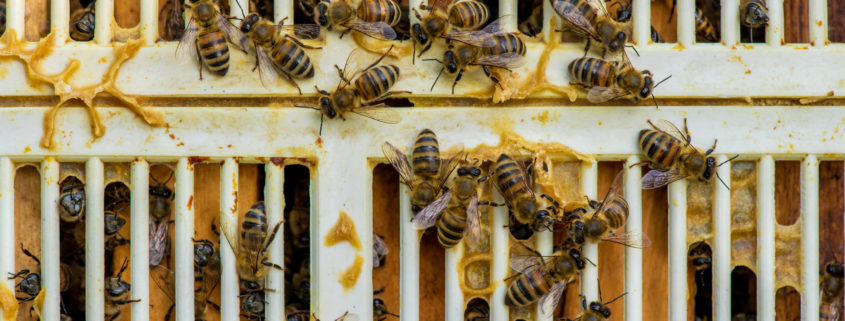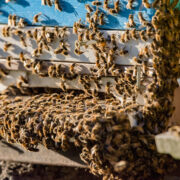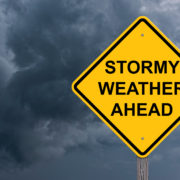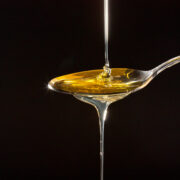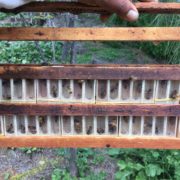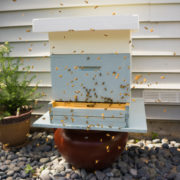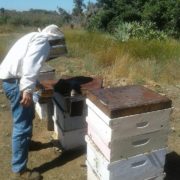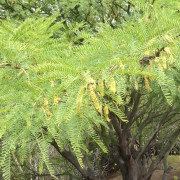The Queen Excluder
Most beginning beekeeping kits come with a queen excluder, and most beekeepers will want to try utilizing a queen excluder at some point during their beekeeping experience. It is a handy piece of equipment; and as its name suggests, it keeps a queen from entering an area of the hive while allowing the smaller worker bees to pass through.
The most common use of a queen excluder is during a honey flow, when it is placed directly under a newly added honey super. By preventing the queen from entering the area where honey is to be collected, it keeps brood out of the honey super. By eliminating brood from the honey area, it also discourages the bees from storing pollen near the honey, which can flavor and reduce the purity of the honey.
Believe it or not, to this day generations of beekeepers still argue over whether or not to use queen excluders. Many – perhaps most – commercial beekeepers do not use queen excluders, believing that by restricting the movement of the honeybees, the queen excluder inhibits the maximum production of honey. Old-timer beekeepers laughingly refer to queen excluders as “honey excluders”.
At Wildflower Meadows, when it comes to using queen excluders for honey production, we take a more balanced approach. We generally do not utilize queen excluders when we place honey supers on our colonies, as this allows the bees and the queen to move freely throughout the colony. Sometimes, however, we do place excluders at the end of the honey flow. If a queen has gotten too comfortable in the honey super and is still laying brood up there during the honey flow, we will drive the queen down into one of the lower boxes and then add a queen excluder after the fact to keep her from returning. Within a few weeks, all the brood will have hatched. Typically, the bees replace the areas where the brood has hatched with fresh nectar, resulting in a clean honey super for harvest.

